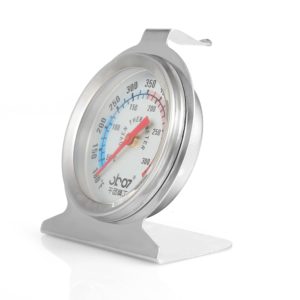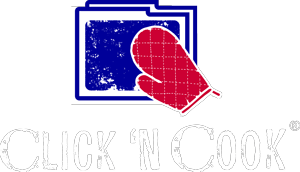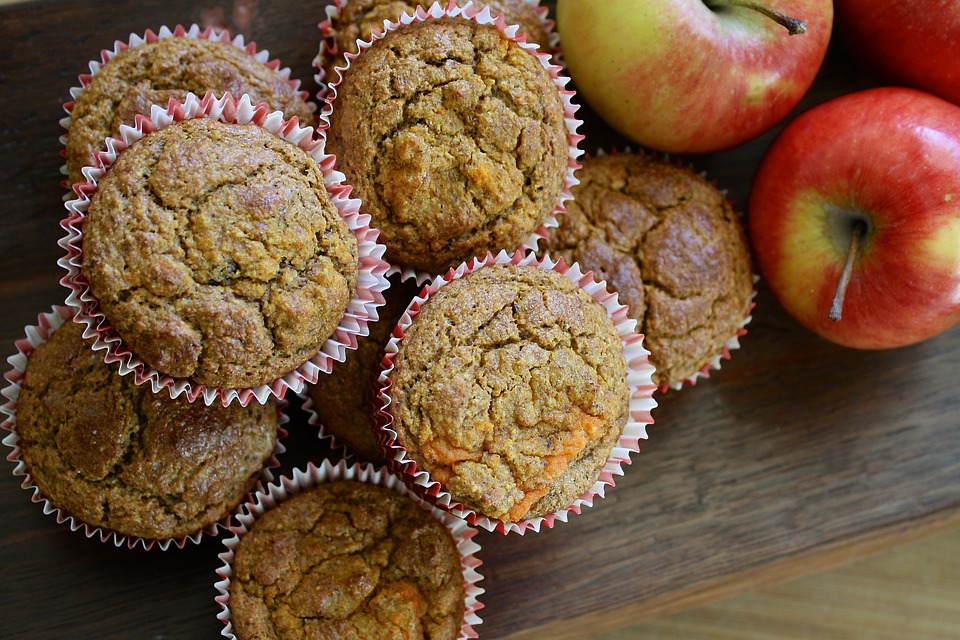We’re smack dab in the middle of Holiday Season: 2018. Everyone is busy, so busy, and it’s already December 6th. If you’re starting to feel the pressure, step away from the calendar, take a breath and turn on the oven. Let’s bake something. Baking can be a fun, relaxing and rewarding way to spend a cold afternoon. Plus, you’ll have something on hand to bring along for the next get together. Even if that get together is in your own home with your family. Anyone want to try Pumpkin Chocolate Muffins or Banana Bran Bars?
We know there’s hundreds of ‘what if?’ and ‘how?’ baking questions out there, but wanted to narrow down the most common few. We asked several people who bake “What is the most challenging thing you come across when you bake something?”
Oven Temperature
An accurate temperature in your oven is the first crucial step in baking success. The thermometer that came with the oven may not be calibrated correctly, especially if the oven is old. Sometimes they can be 50 degrees or more off of the dial setting! A free standing oven thermometer is the best way to tell what’s really happening in there. You can find these at any store with a home goods section.
- Set a rack in the middle of the oven and place the thermometer in the middle of the rack.
- Set your oven to 350°F.
- When your oven indicates it is at temperature, take a look. Be careful, it’s hot!
- Add or subtract the number of degrees it is off and set the dial (for example, if the dial is set at 350°F, but the thermometer reads 320°F, set the oven to 380°F).
- Wait 15 minutes and check again.

Rack Placement
For baking, always set the rack in the center. Too close to the floor, the bottom of the pan bakes faster. Too close to the roof, the top cooks faster. If you have to bake two pans of something at once, like cookies, switch the pans top to bottom halfway through and rotate each pan halfway for even baking.
Measuring Ingredients
Unlike cooking, where you can adjust amounts and make substitutions (within reason) and still get a great product, baking is chemistry and measurement is important. For dry ingredients, like flour, scoop them into the measuring cups with a spoon, then level off. Here’s a quick video. If it’s too much or too little of an ingredient, your end product won’t come out as expected.
Reading the Recipe
Reading a recipe in its entirety before beginning is important whether you’re cooking or baking, it helps you understand the amount of time you will need to complete the project. Another big difference between baking and cooking is that sometimes the ingredients for baking recipes need to be at different temperatures. For example, if you’re making pie crust the butter needs to be very cold but for cookies, it should be room temperature. Knowing what your recipe needs gives you time to prepare the ingredients.
Types of Pans
Light colored aluminum pans are best for baking because they heat evenly and consistently. Dark pans absorb heat more rapidly, causing uneven cooking, but if you only have dark pans reduce the oven temperature by 25 degrees and check the doneness earlier. The same goes for glass baking dishes – glass holds heat better than aluminum which can lead to over baking.
If you’re new to baking, or haven’t had luck with it in the past, you aren’t alone. Good bakers aren’t born, they’re made. Everyone started out somewhere and baking mistakes can happen. Check out my Thanksgiving pie crust fail…
 I have made the recipe numerous times, but this year the edges started to burn before the center was cooked. I still don’t know what happened, but it didn’t stop me from trying again. And the second crust turned out pretty OK (we ate it!).
I have made the recipe numerous times, but this year the edges started to burn before the center was cooked. I still don’t know what happened, but it didn’t stop me from trying again. And the second crust turned out pretty OK (we ate it!).
If you’re a baker and have a favorite recipe you’d like to share with us, send it to nutrition@gbfb.org. Make sure to include your name and the recipe name. Happy baking!
Written by Adriene Worthington, RDN, LDN
#baking, bake, bread, challenge, muffin, oven

